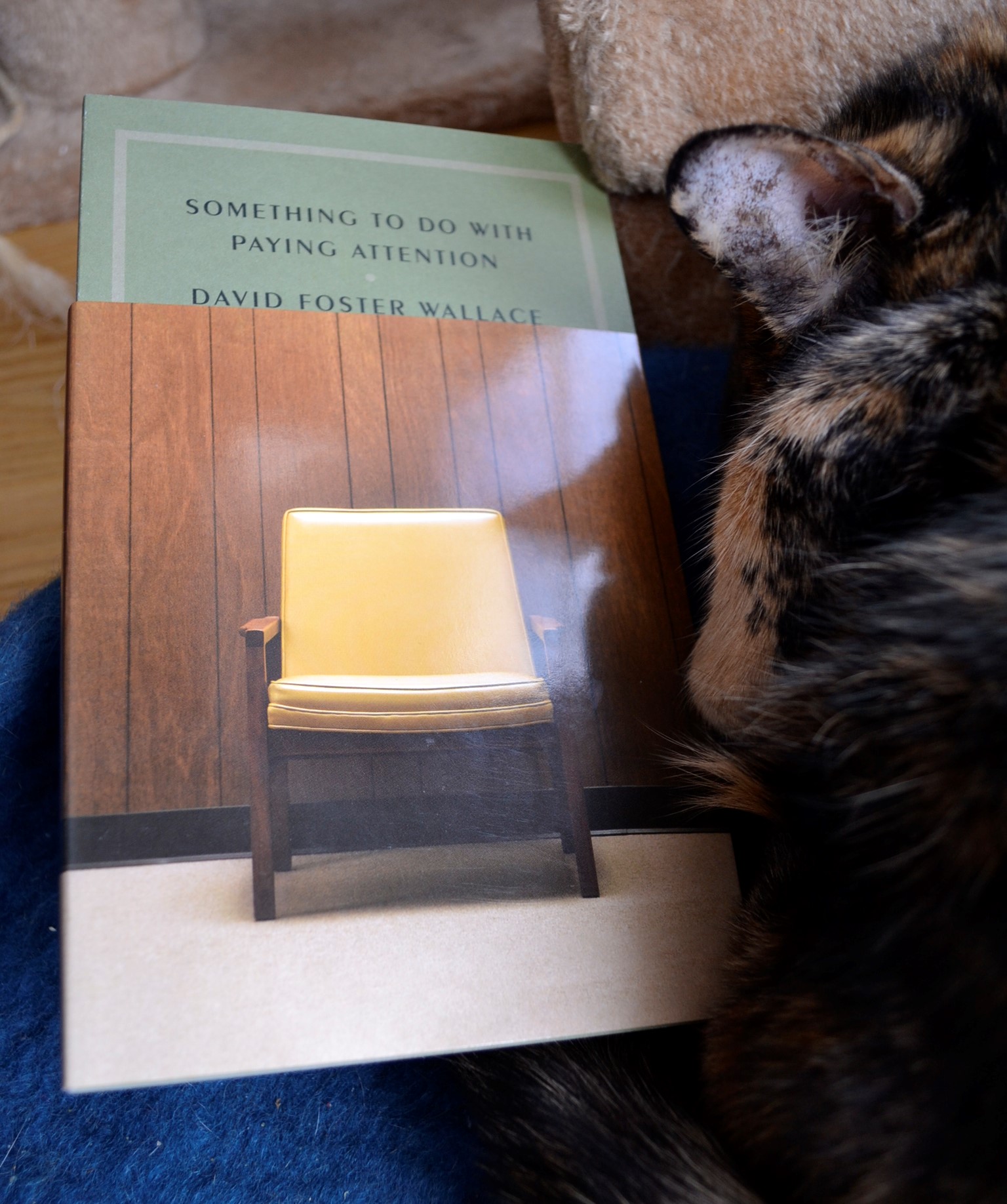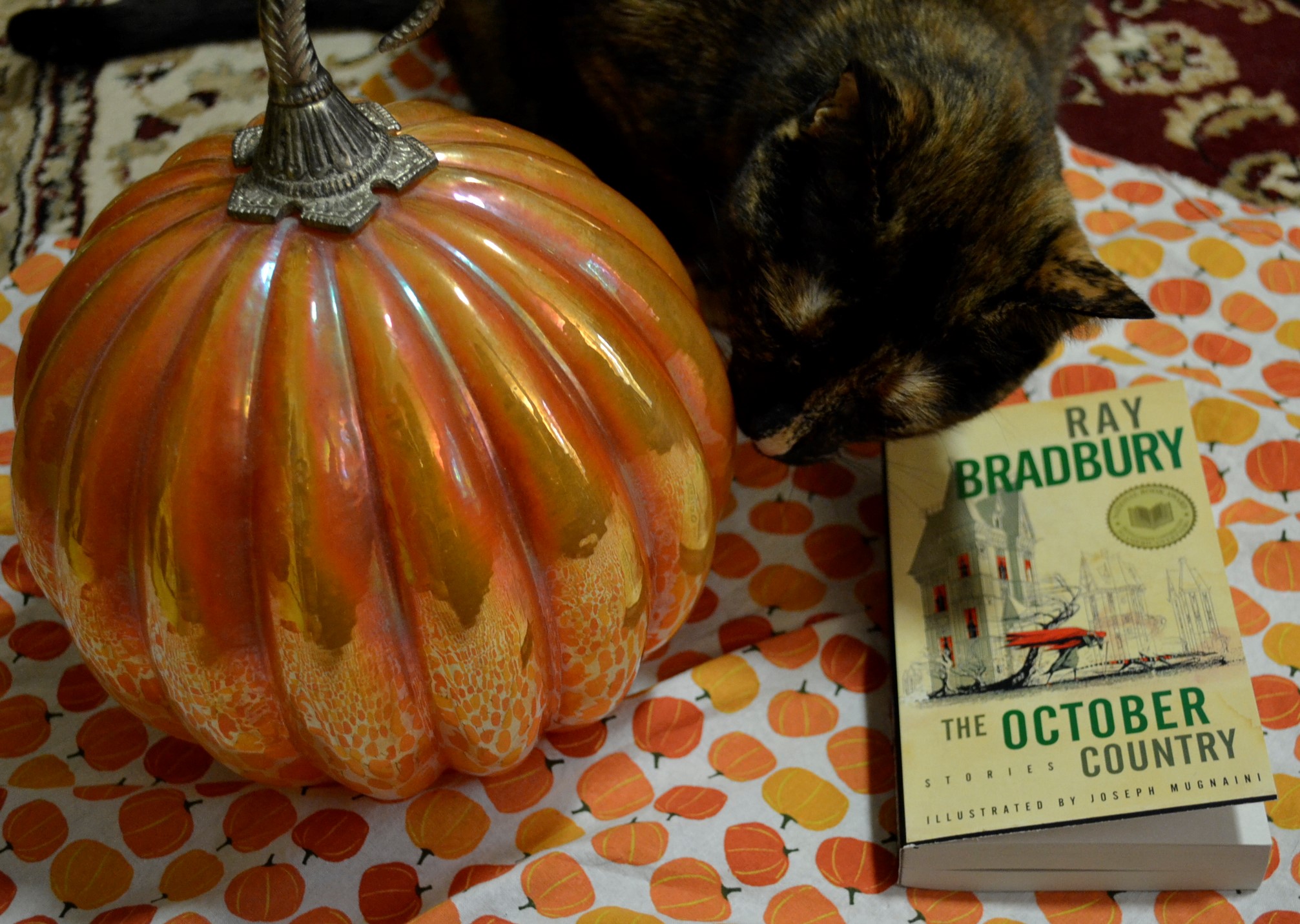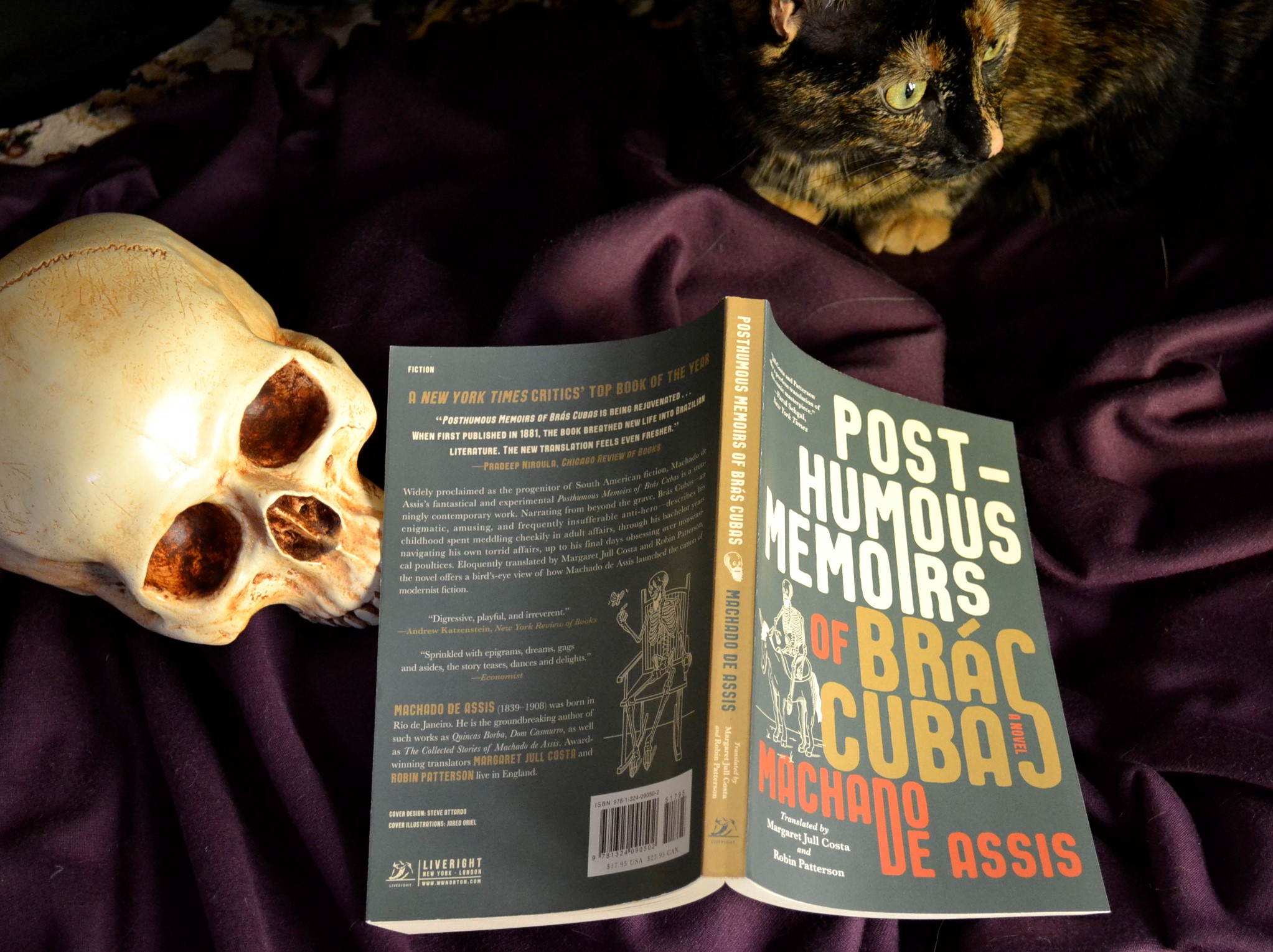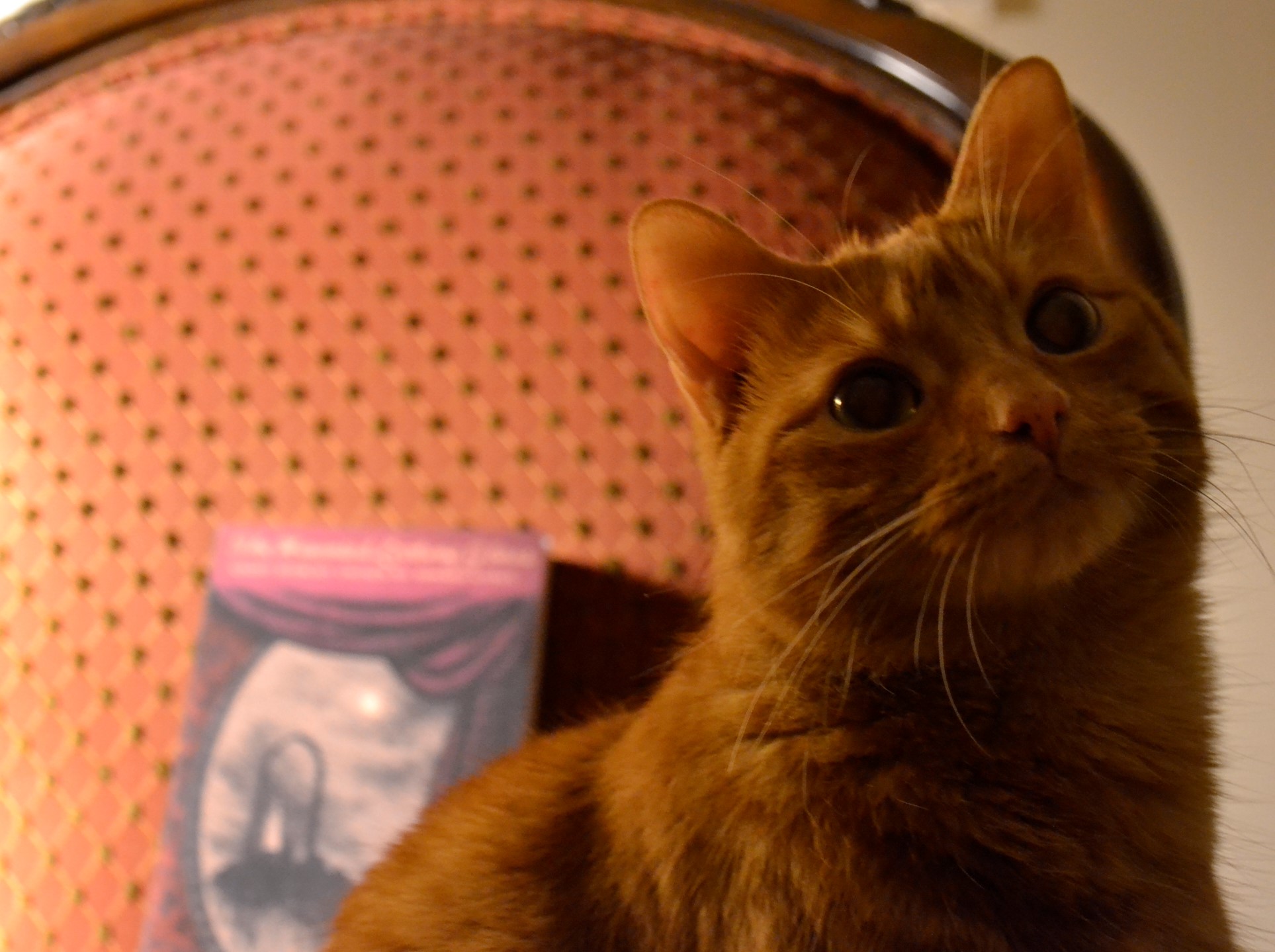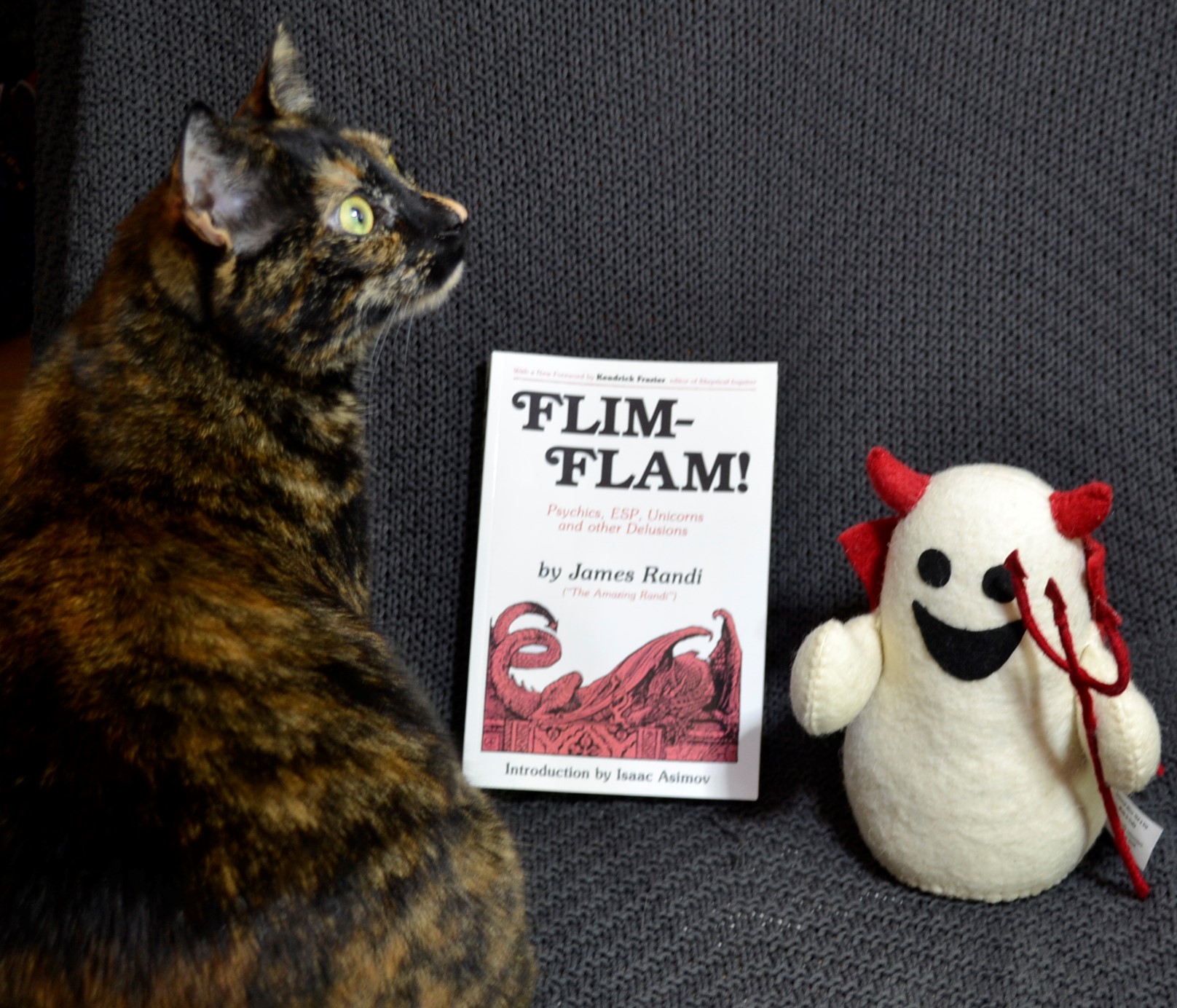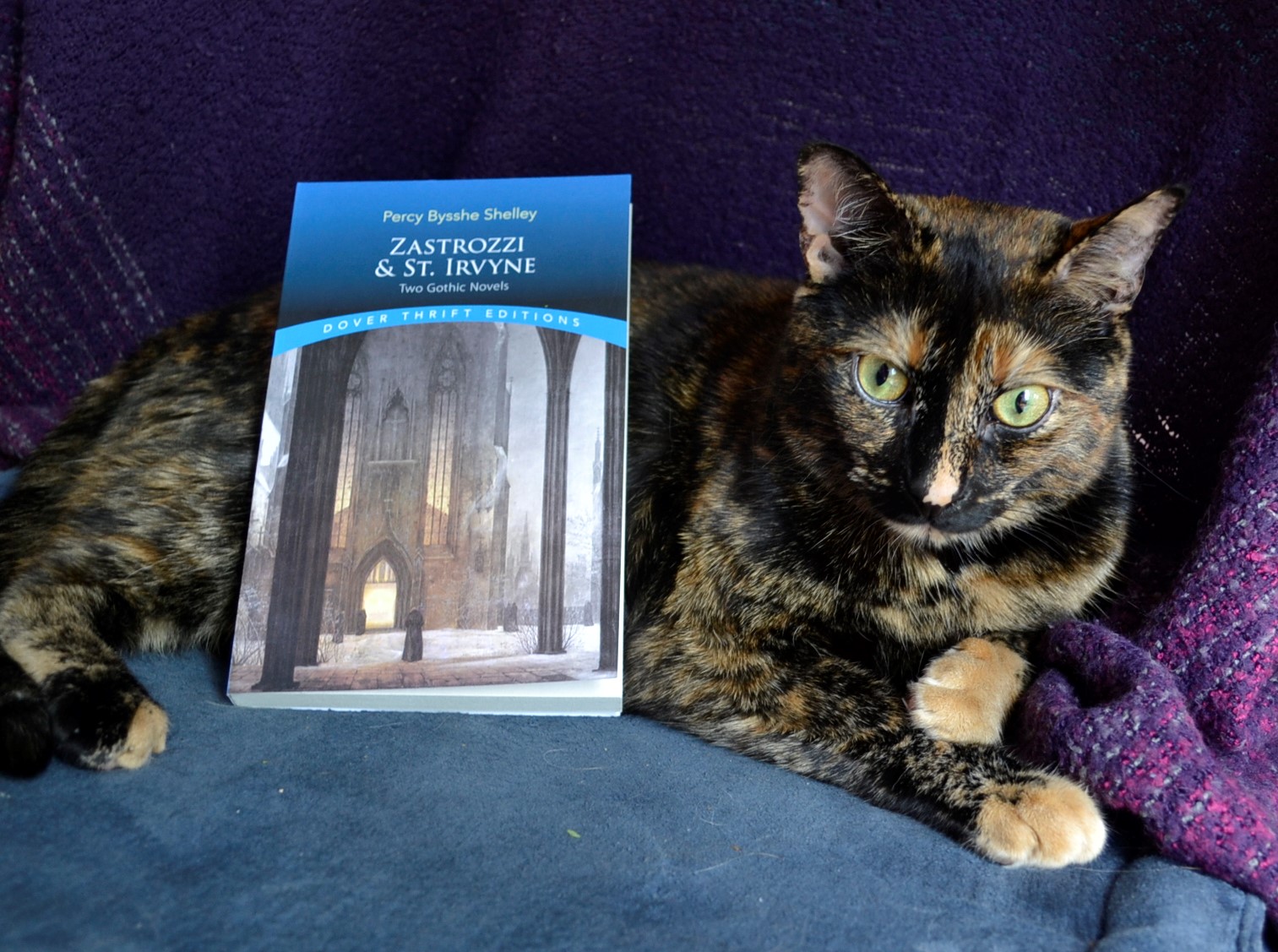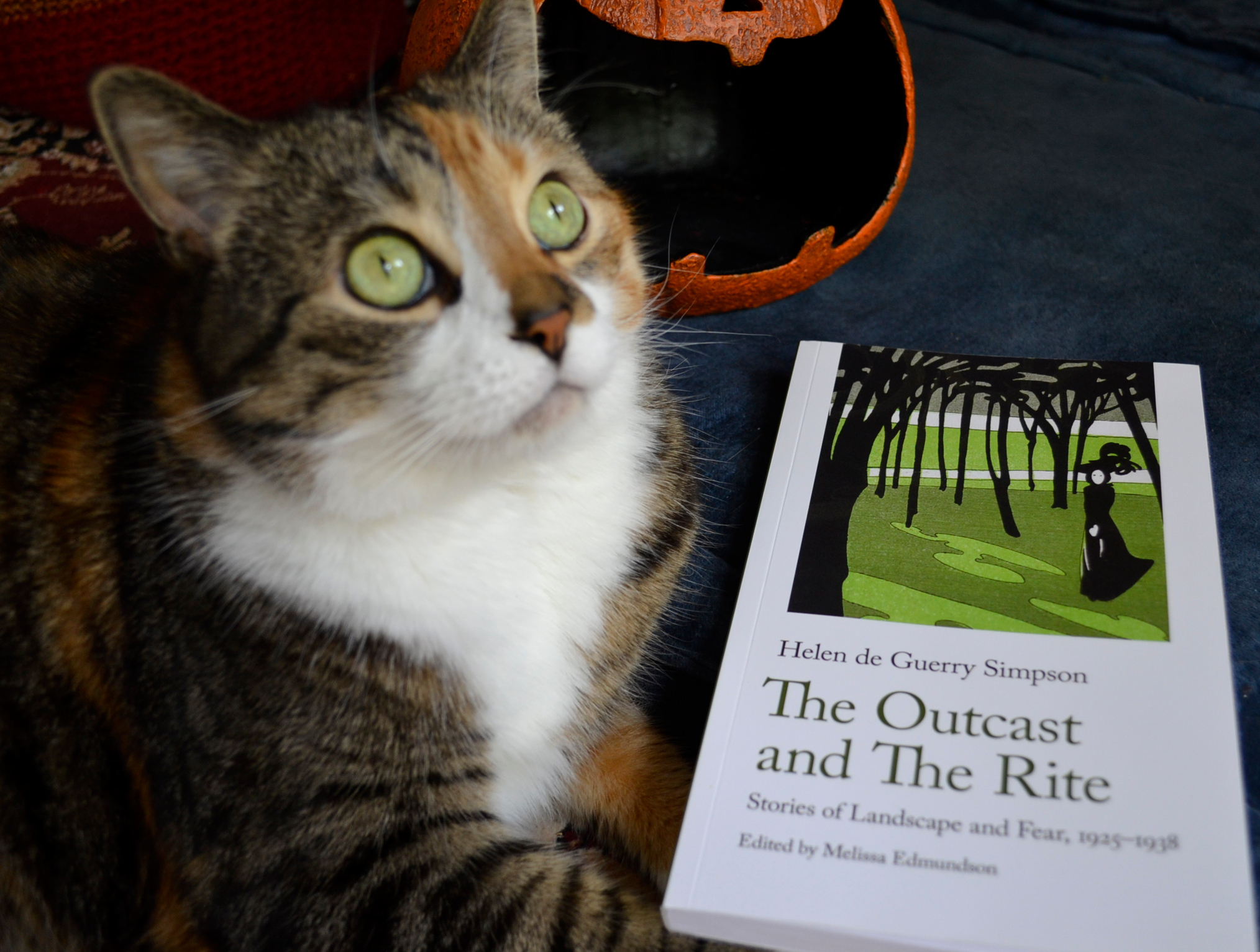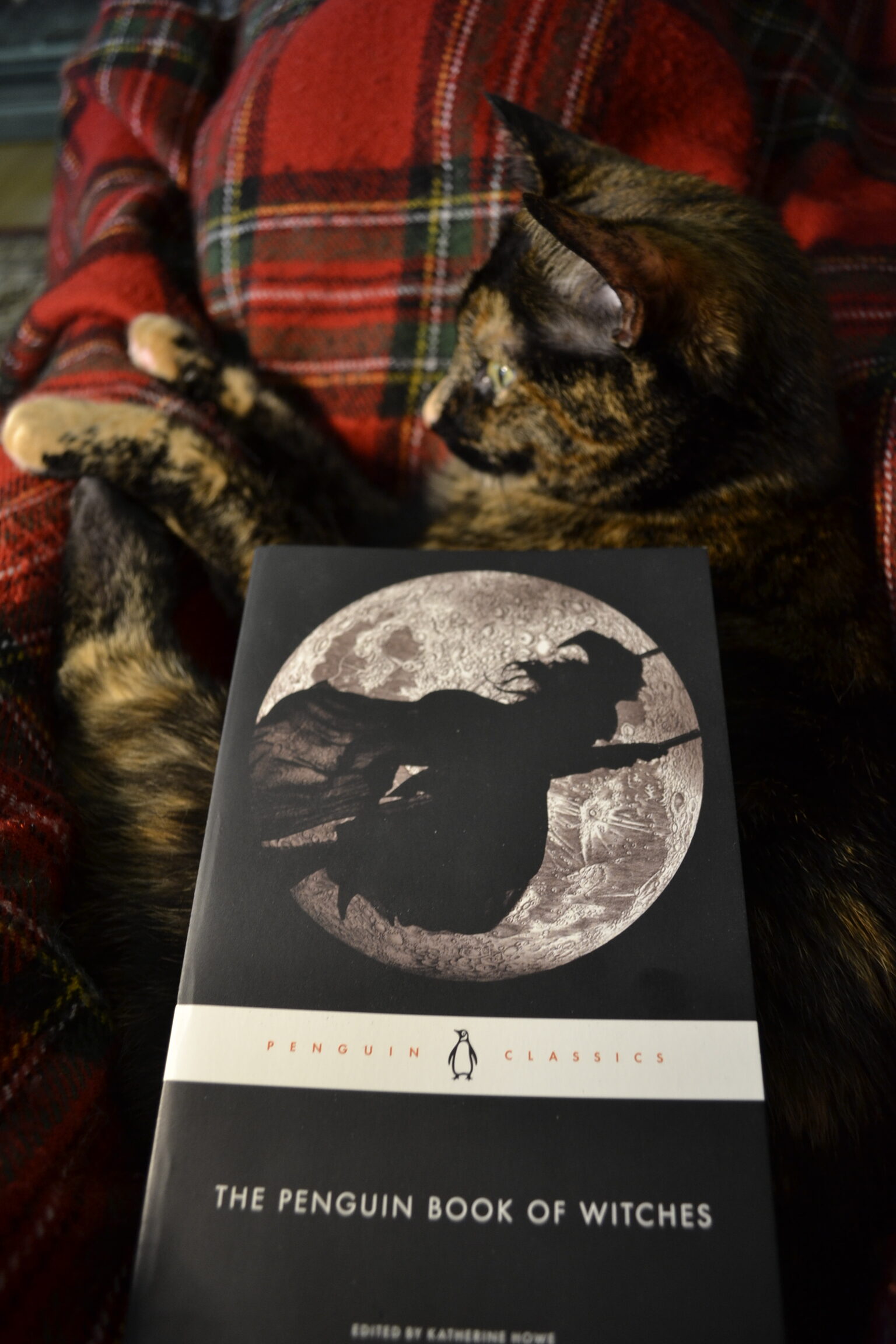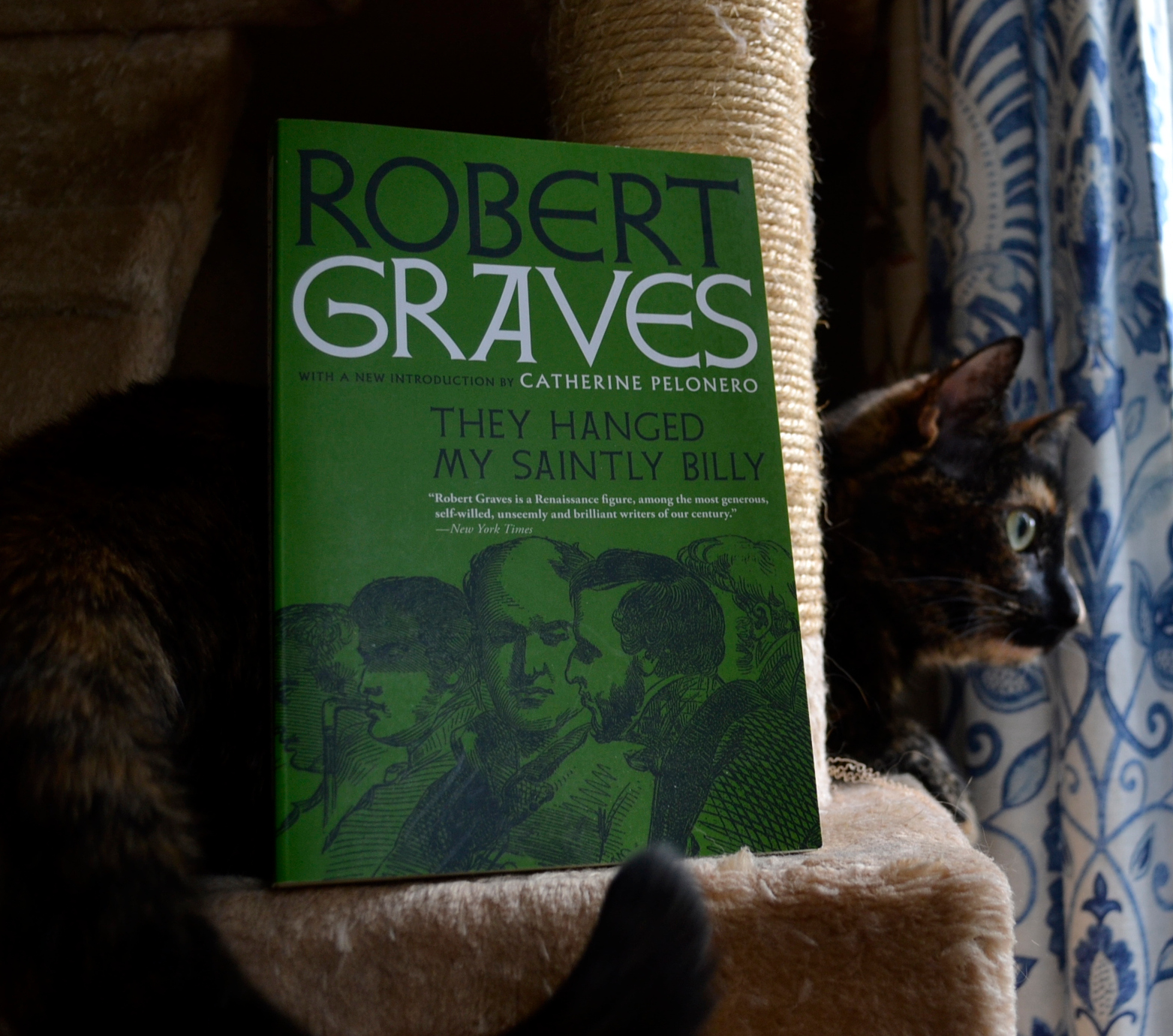Post Office
When I start reading something like Bukowski (or Hunter S Thompson or Irvine Welsh), my lovely spouse always listens so patiently while I tell her about the book I’m currently in the middle of. Then she looks at me with that beautiful, quizzical smile and asks me why I torture myself this way.

